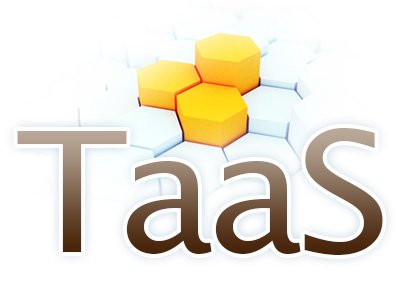
Testing-as-a-Service
As testing is a critical part of any software development project, it’s essential to think about it upfront as soon as you start out. At the early stage of roadmap planning, you should be asking yourself: how are you going to test the software? Basically, there are only two options: you can test everything in-house, or turn to a specialized software testing company, that is, to choose QA outsourcing over in-house testing.
The first option, in-house testing, can be your choice if you want to keep all the teams and their activities under one roof. However, this approach can be prone to such risks as financial unsustainability, workforce qualification shortages, and project delays due to understaffing. That being said, if you’re up to having a fully staffed team of testing professionals with near-zero onboarding efforts required, the testing-as-a-service (TaaS) model can be well just for you.
Why go for TaaS
TaaS is an outsourcing model that describes the process of delegating every testing responsibility to a third-party vendor. Sometimes, TaaS can be bundled with the actual software development activities all carried out by the same provider, but not necessarily.
As a model of IT services delivery, TaaS is extremely flexible. It can either feature the entire pack of testing activities (all through performance to integration testing, manual and/or automated) or include just one type of testing required for this precise project. Either way, TaaS is the way to set up quality assurance control through the entire product lifecycle.
Such quality assurance is possible due to TaaS providers’ distinctive expertise in the testing domain. Third-party QA teams are equipped with the unique knowledge they generated in other, quite diverse projects, latest tools, associated software licenses, and devices that are instrumental to high-quality testing. To get all of this together in-house and train a proprietary testing team on an ongoing basis seems practically impossible, especially if you are there only to release an app or two.

What’s more, cooperating with an independent testing provider allows focusing on your main line of business without wasting time on supporting tasks like installation of hardware, tools, and a testing environment. Along with that, delegating software testing to a testing vendor cuts your expenditures on hardware and electricity, which otherwise can add up a substantial chunk to your project budget. The TaaS approach also mitigates financial risks (as there are no delays caused by team understaffing) and relieves the in-house team of a significant extra workload.
Another obvious advantage of TaaS is that it saves time and helps to deliver the product faster. It’s often the case that a primary development company and a testing vendor are located in different countries and timezones. In this scenario, new builds can be deployed faster as they are tested during the developers’ off-the-work hours so that the software development cycle can really turn 24/7.
Moreover, QA outsourcing is the ideal way to get an unbiased audit of your software. In most cases, the independent testing team starts with reviewing the code and coming up with recommendations for improvements, which are only further deepened by the actual testing practices. This way, the development and testing teams get to cooperate from day one.
Summing it all up, we can surely vote for TaaS. Being independent, not prejudiced, qualified, and time-saving, TaaS is a sure-fire way to control the quality of your software and retain it throughout the product lifecycle.









